As someone who loves to sew but often sticks to tops and dresses, pants have always been my Achilles' heel. Yet, here I am, finally diving into a project I've been meaning to tackle for a while now—making my own pair of Peckham Trousers. It's exciting, nerve-wracking, and deeply satisfying all at once!

When the Peckham pattern came out, I knew it was time to break free from my reliance on old RTW pants. The last "proper" pair I made? That would be the Hollywood trousers, ages ago. Since then, it's mostly been elastic-waisted numbers—comfortable, yes, but not exactly what I was aiming for. With the Peckham trousers, I wanted to experiment with something that provided a bit more structure, especially around the waist, which has been feeling snug lately.
--- ### Sizing and ModificationsStarting with the pattern, I decided on a size 10 for both the waistband and the pant legs. Recently, I've become a fan of the #topdowncenterout method, and after using it successfully for my daughter’s pants, I was eager to give it a go for myself. Here's what I did:
- I shortened the overall length by 1.5 inches along the hip line, then adjusted another ½ inch in the muslin. This felt just right for my proportions.
- The back legs required some tweaking. I took out about ¾ inch at the top, gradually tapering it to 5/8 inch where the back meets the front. The front legs got similar treatment.
- I noticed I needed a touch more width on the sides, so I pinched in about ¼ inch on each side where the front and back legs meet.
- I skipped the pocket facings because I omitted the coin pocket, finding it unnecessary for my style.
- Since my chosen fabric was on the lighter side, I interfaced the entire waistband with woven interfacing. And because I only had 1.5-inch-wide elastic, I widened the waistband by ¼ inch to accommodate it better.
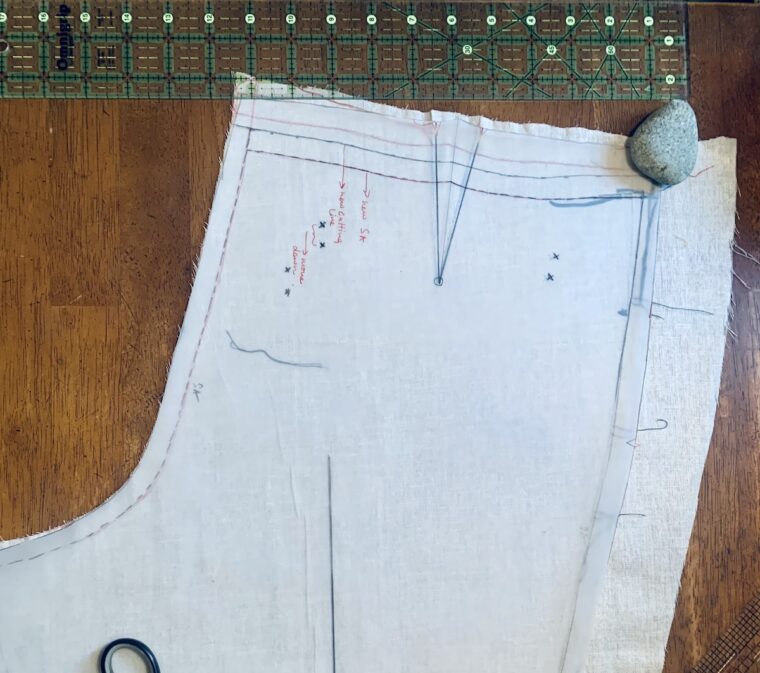
One challenge with the Peckham pattern is its recommendation for fabrics with slight stretch. Where I live, sourcing such material proved tricky. However, during a recent fabric hunt, I stumbled upon a stunning pinstripe cotton. Turns out, it was denim khadi—a hand-spun cotton that the shopkeeper swore was perfect for pants-making. On closer inspection, though, I realized it was much lighter than expected. To avoid any potential sagginess, I skipped the welt pockets. Additionally, I lined the waistband entirely to ensure the pants would stay up comfortably.
--- ### Results: The Good, the Bad, and the Ugly- My choice of fabric, while lovely, resulted in a less structured pair of pants than I originally envisioned. While this makes them suitable for year-round wear (which is rare in my climate), it does change the aesthetic slightly. In the future, I plan to consider the pairing of fabric and pattern more carefully.
- Using the #topdowncenterout method gave me immense confidence in the fitting process. Making a muslin beforehand and reflecting on it for a few days before cutting the final fabric is invaluable. This isn't my ideal fit, but given that I've only made two pairs of pants in my life, I see it as progress.
- Techniques-wise, this zipper fly turned out to be the best I've ever sewn. It was also the quickest, thanks to the fact that I didn't need to use the seam ripper even once. Practice makes perfect!
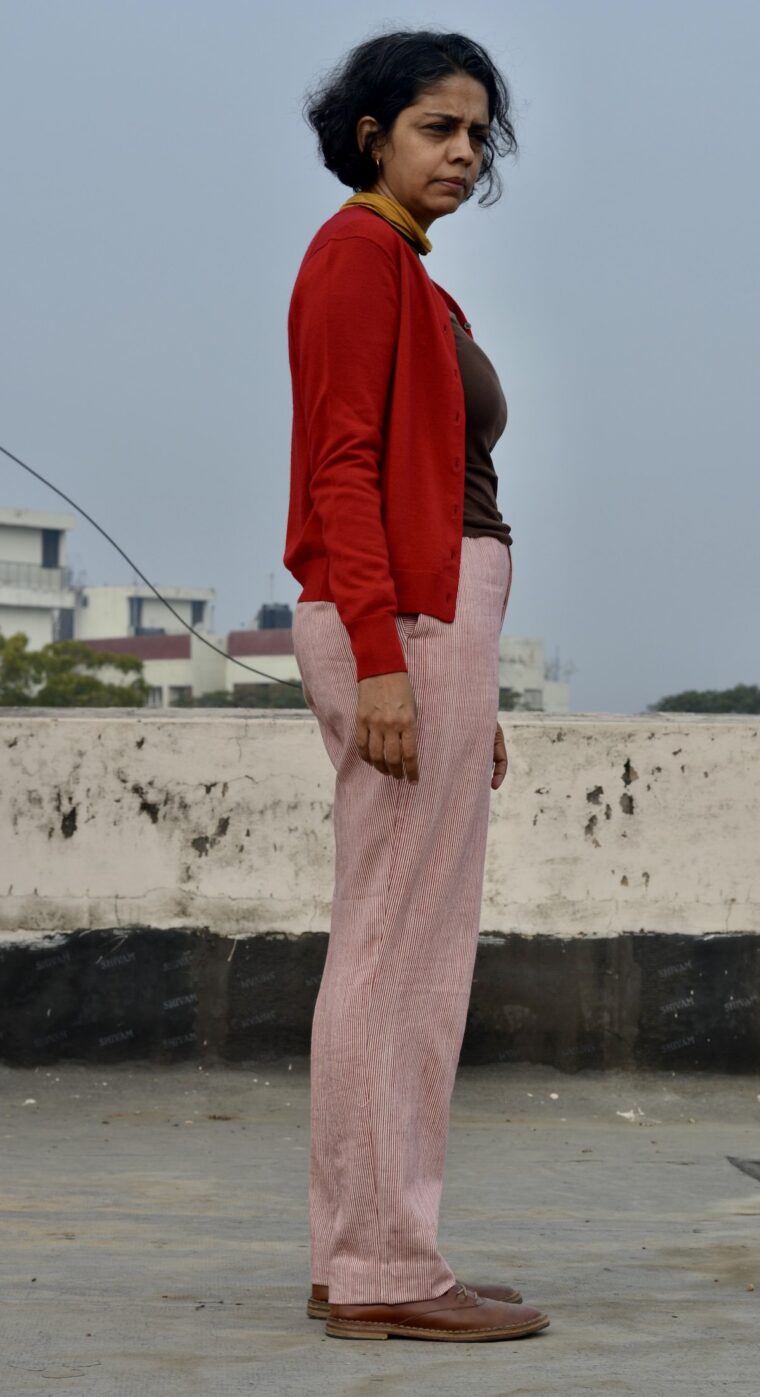
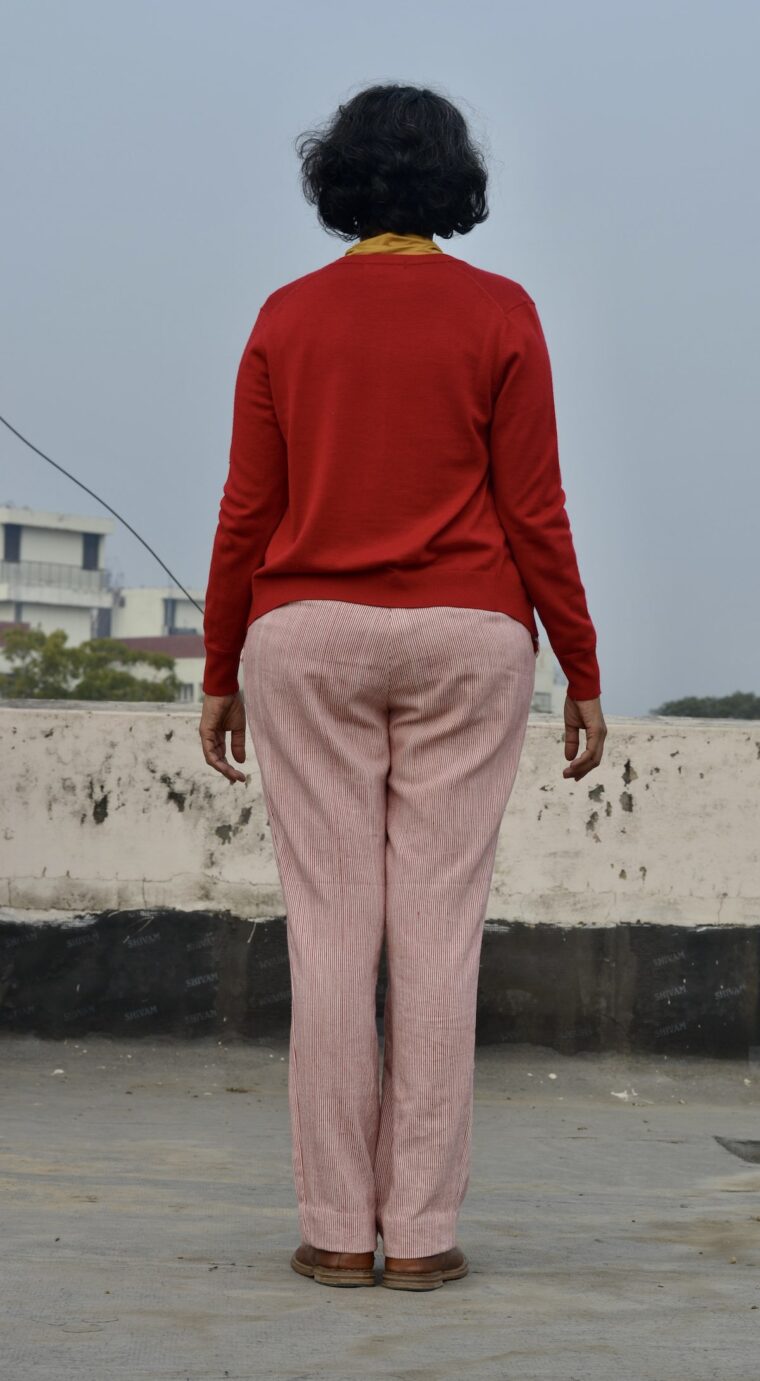
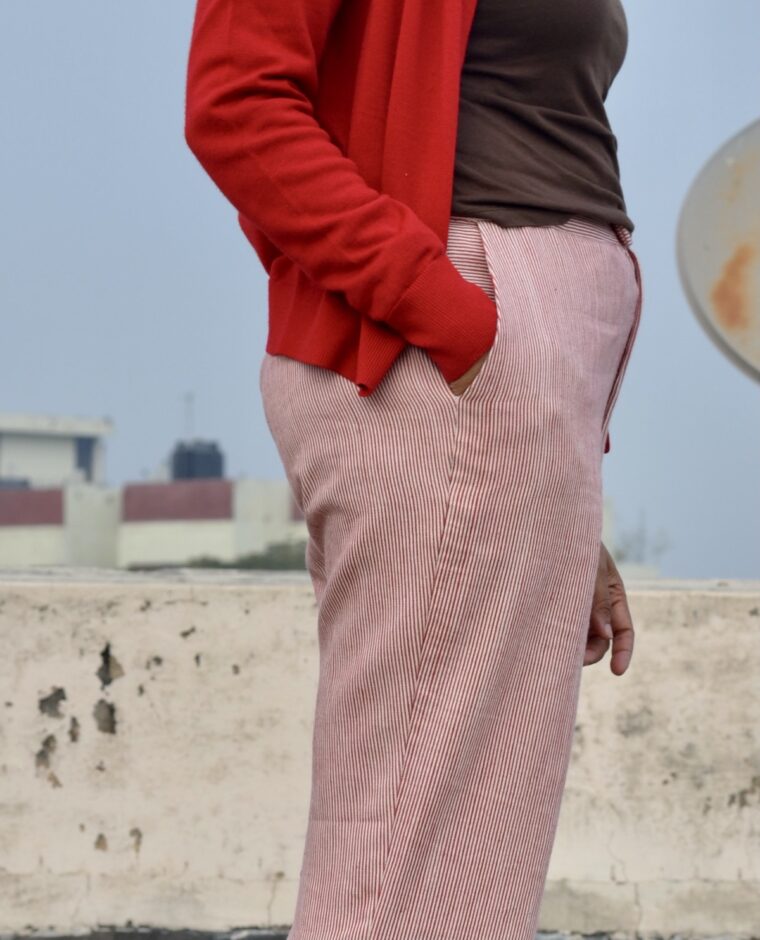
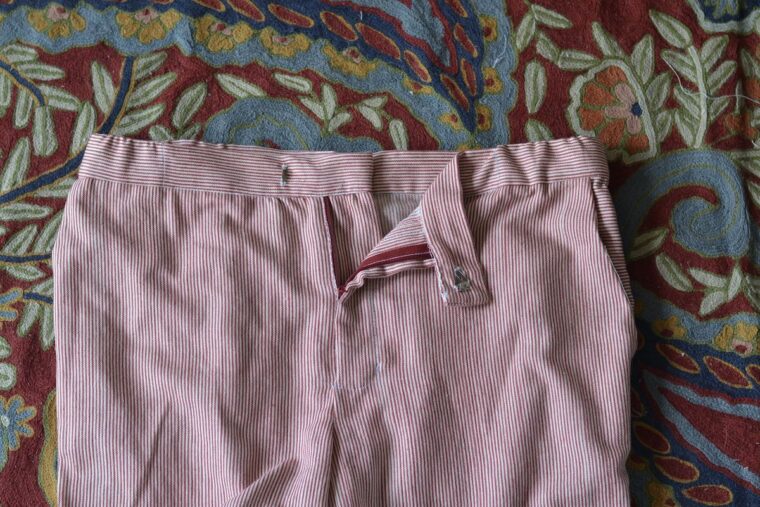
I absolutely adore these pants. They have a relaxed, effortless vibe that I wasn’t expecting, and I’m thrilled with how they turned out. I’ll definitely make another pair, maybe even with welt pockets this time! If you’re thinking about trying the Peckham pattern, I highly recommend giving it a shot—it’s a fantastic project for anyone looking to improve their sewing skills.
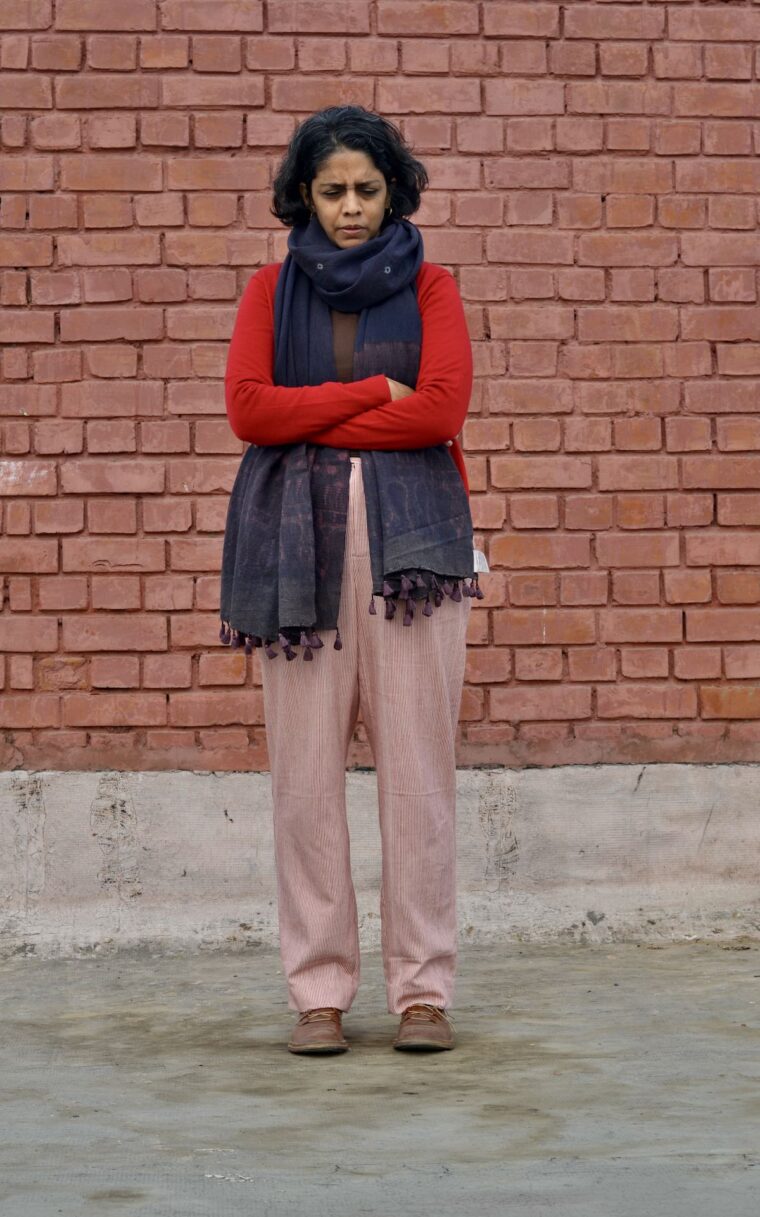
(adsbygoogle = window.adsbygoogle || []).push({}); Â
Marine Finished Polyester Yarn
High Strength Marine Finished Polyester Yarn,Polyester Yarn For Marine Ropes,High Modulus Marine Finished Yarn,Industrial Filament Marine Finished Polyester Yarn
Ningbo Grantex Textile Co., Ltd , https://www.grantexindustries.com